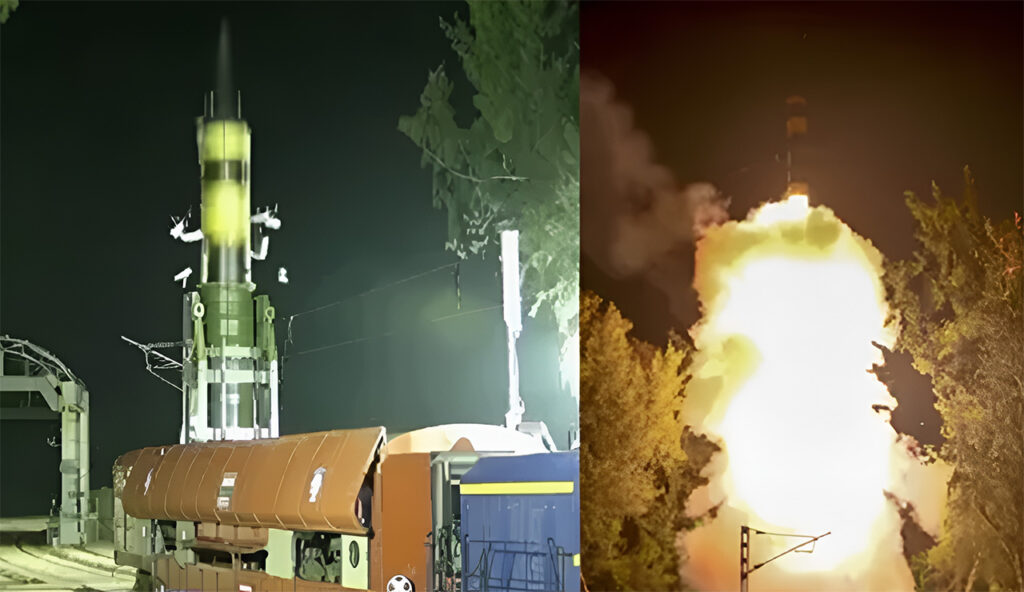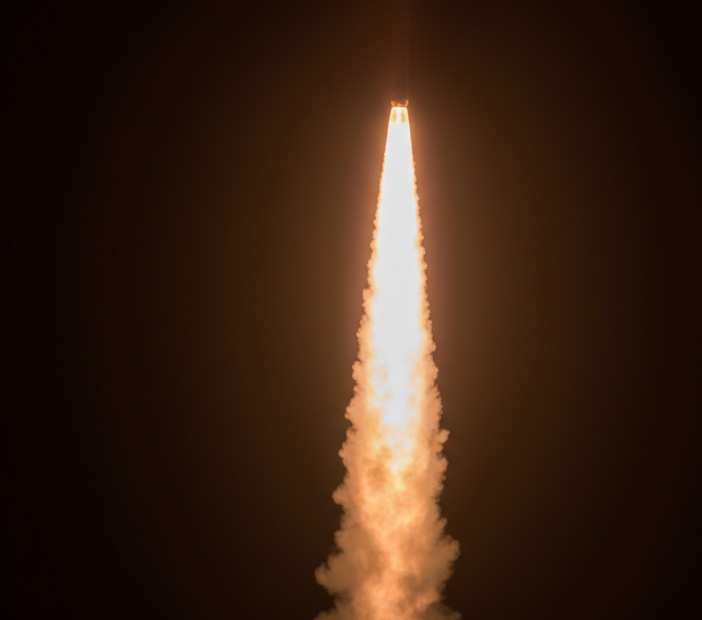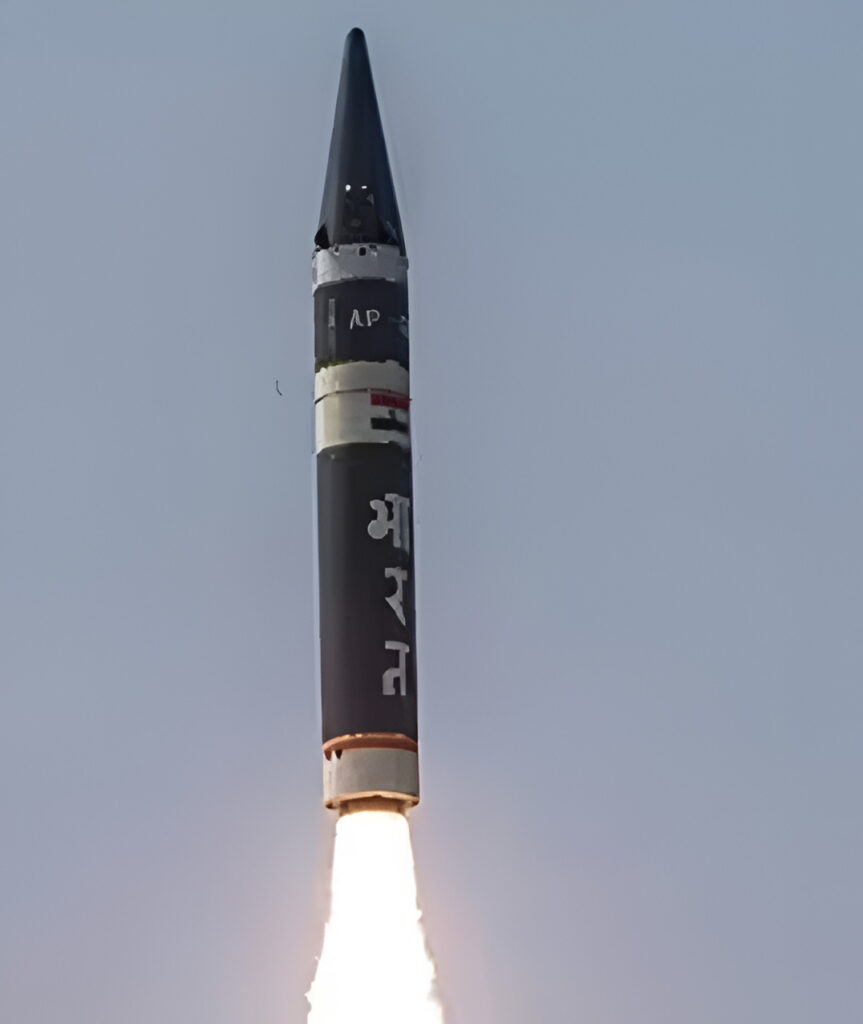India Successfully Launches the Agni-Prime Missile from Rail-Based Launcher
- Industry Technology Trending News
- Entrepreneurs Story
- September 25, 2025
- 102
- 7 minutes read
Introduction
India successfully launches the Agni-Prime missile, which is able to hit targets up to 2,000 km, through a rail-based mobile launcher. Moreover, this next-generation ballistic missile improves the strategic abilities of India by facilitating a minimized reaction time and mobility. Along with this, the effective test positions India with such a progressive launch system.
Agni-Prime: A next-generation ballistic missile
On September 24, 2025, Odisha’s Balasore, the DRDO, in association with the Strategic Forces Command (SFC), announced the successful launch of the Intermediate Range Agni-Prime Missile through a rail-based mobile launcher system. Rajnath Singh, Union Defense Minister, stated this particular next-generation missile is being developed in order to cover a series up to 2000 km and is well-prepared with numerous developed features like protection mechanisms and state-of-the-art communication systems. This determines a major step into the strategic abilities of the nation. According to the officials, the test fulfilled all the major goals.

According to the Defense Minister, this event is a historic moment within the merging strategic partnership between Morocco and India. Additionally, spread around 20,000 square metres, the service will undergo the manufacturing of the indigenously built Wheeled Armoured Platform (WhAP) 8*8, jointly created by India’s DRDO and TASL.
Application of rail-based mobile launcher: For the very first time, the missile has been launched through a well-designed rail-based mobile launcher which could freely move upon the rail network without beforehand conditions, allowing cross-country mobility. It enables forces to carry forward launches within short reaction time, at the same time keeping the functional visibility short.
Effectiveness of the launch
- The defence minister, in his post, congratulated the Armed Forces and the DRDO, SFC on the effective test of the Intermediate Range Agni-Prime Missile.
- Moreover, this effective flight test has positioned India into the group of selected countries that possess the abilities that have build a canisterised launch system upon the rail network.
- This particular design enables for easy storage as well as transportation, by minimizing the time needed for the preparations of launch.
- In addition, the Chairman DRDO and the Secretary Department of Defence R&D have also complimented all the engaged team members for the achievement.

Furthermore, the Agni-Prime is determined to be a major portion of India’s current efforts in order to reinforce its avoidance and improve the mobility of its missile systems. The launch has been highly witnessed by the officers of SFC and the senior-most scientists of DRDO.
Missile trajectory: The trajectory of the missile has been tracked by numerous ground stations, and it was considered to be a textbook launch fulfilling all the goals of the mission. Hence, this effective launch will allow the upcoming rail-based systems inductions within services. The DRDO conducted the test on the Island of Dr. APJ Abdul Kalam, by displaying the developed abilities of the missile.
Features of the Road Mobile Agni-P
- The Road Mobile Agni-P has already been inducted within the amenities after extensive flight trials.
- The test-firing of the missile emerged over four-and-a-half months after the four-day military clash between Pakistan and India.
- Along with this, the Agni-P missile comprises of numerous core features making it an important addition to the defense armory of India.
- It determines the capability of India to create as well as deploy developed missile systems, by improving its deterrence abilities against possible threats.
- The missile utilizes a ring laser gyro-based inertial navigation system (INS) along with a micro inertial navigation system (MINS) with optional NaVIC and GPS satellite navigation.
- The Agni-P missile has shown greater accuracy in its earlier tests, by making it a consistent restraint of possible threats.
Functioning of DRDO: Later, the DRDO is anticipated to conduct tests in order to authenticate the abilities as well as the performance of the missile. Furthermore, after the completion of the pre-induction trials, the Agni-P missile has a chance to be included in the Indian Armed Forces.
Moreover, its launch ability, a feature it also serves along with the Agni-5, enables ease of storage as well as instant operation. It has been observed that the test happened after the past effective launches of the missile within Chandipur, Odisha, during August.

The news of the launch came just a few days after the launch of the successful “Mission Divyastra” test in India on 24th March, that has displayed the MIRV ability ofthe Agni-5 missile. Currently, the SFC originated during 2003, comprises of only a single-warhead missile, but after this launch, a MIRV-capable system might be operational with various nuclear warheads, with each of them possessing a diverse target site.
Importance of the launch for India
- For India, this particular initiative determines the spirit of “Atmanirbhar Bharat” which is regarded as a self-dependent India, which is also termed as an accountable and dynamic player across the world.
- The objective of our self-dependent India is to produce for its own requirements and also develop an environment where India becomes a realistic source of high-standard goods and advanced technology for the globe.
- For India, Self-dependence does not indicate isolation; instead of that it intends to build tactical autonomy under the concept of self-dependence.
- As per the defense minister, we seek to build such abilities that enable us to protect our country independently, while also upholding involvement with international partners.








